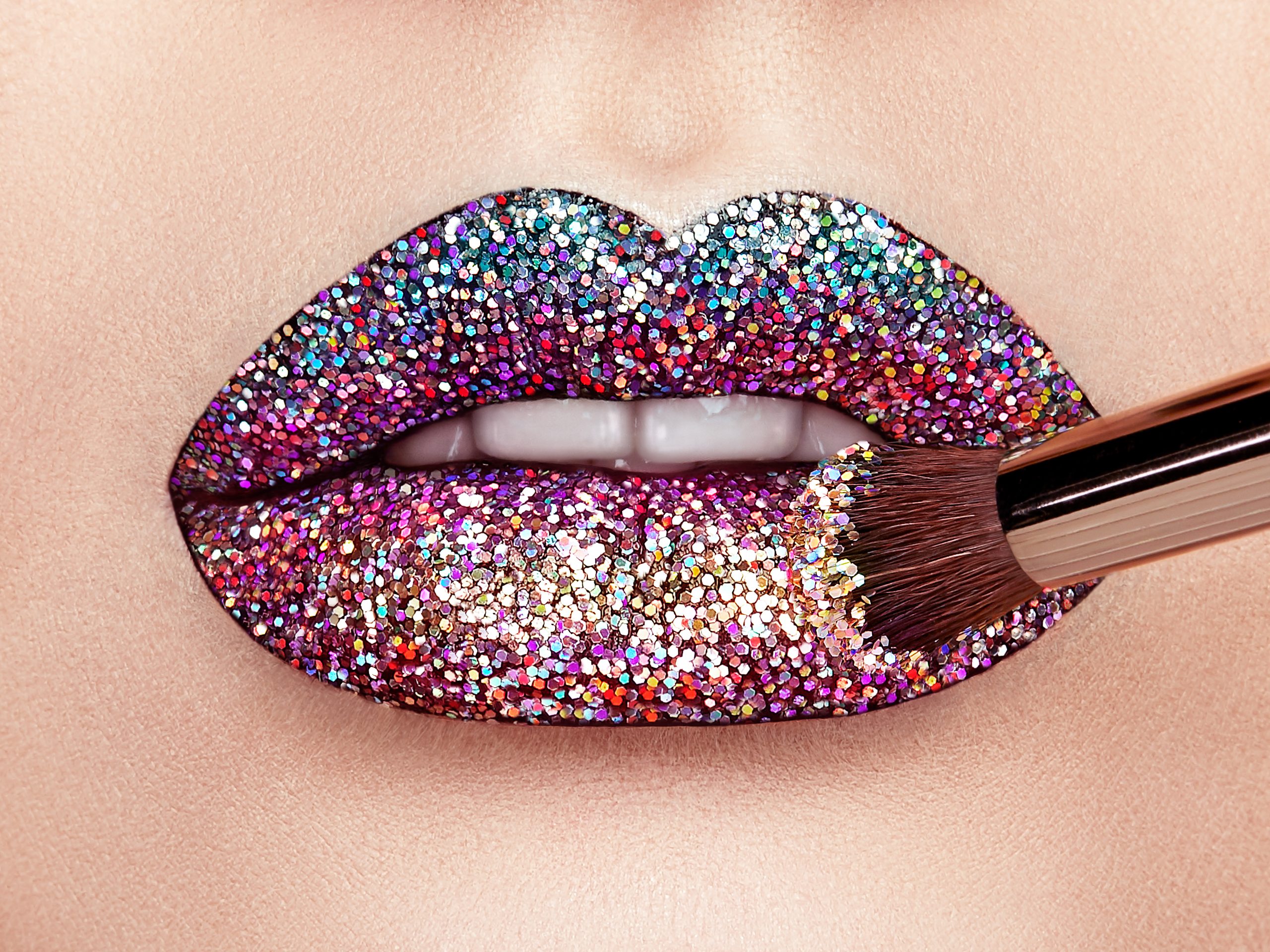Most beauty brands have the voice. The vibe. The visuals.
But when it comes to their copy? It falls flat.
Not because the words are wrong—because they’re not doing enough.
Great copy doesn’t just describe. It doesn’t just decorate.
It drives decisions.
If your product pages, emails, or landing pages aren’t turning readers into buyers, this post is for you. Let’s break down what actually moves the needle—and where even well-established beauty brands miss the mark.
1. Vibes Over Value
Aesthetic language sounds nice.
But if your product page reads like:
“Clean, conscious, and luxurious skin in every drop”—
…you’ve said a lot without saying anything.
Customers don’t buy because your product is pretty.
They buy because they want results. Clear skin. Less redness. Fewer breakouts.
They want to know: What’s in it for me?
If your copy doesn’t answer that directly, you’re relying on brand awareness to carry the sale—and that’s a risky strategy.
2. No Direction, No Action
Even the most beautiful site can fail to convert if the copy doesn’t guide the reader.
Are your headlines working hard—or just filling space?
Do your buttons actually invite action—or do they blend into the background?
Copy that converts always leads somewhere:
-
“Shop now” isn’t enough.
-
“Get glowing in 7 days—shop the serum” is better.
Your reader shouldn’t wonder what to do next. The copy should make it obvious—and compelling.
3. Skipping What the Customer Feels
Surface-level copy misses emotional depth.
If you’re not addressing what your audience feels—frustration, self-consciousness, decision fatigue—you’re leaving connection (and conversions) on the table.
Real talk:
Your customer isn’t just buying a moisturizer. They’re buying confidence. Relief. A moment of control in a routine that actually works.
Tap into that, and your words stop sounding like “marketing”—they start feeling like truth.
4. What High-Converting Beauty Copy Actually Does
It’s not about cleverness. It’s about clarity.
Here’s what effective copy actually does:
-
Communicates real benefits, not just features
-
Uses everyday language, not fluff or filler
-
Anticipates objections before they become bounce rates
-
Builds trust through proof, not hype
-
Leads to a specific action, every single time
When you shift from brand-speak to buyer-focused language, you stop writing “about the product”—and start writing to the person.
That’s where conversion happens.
